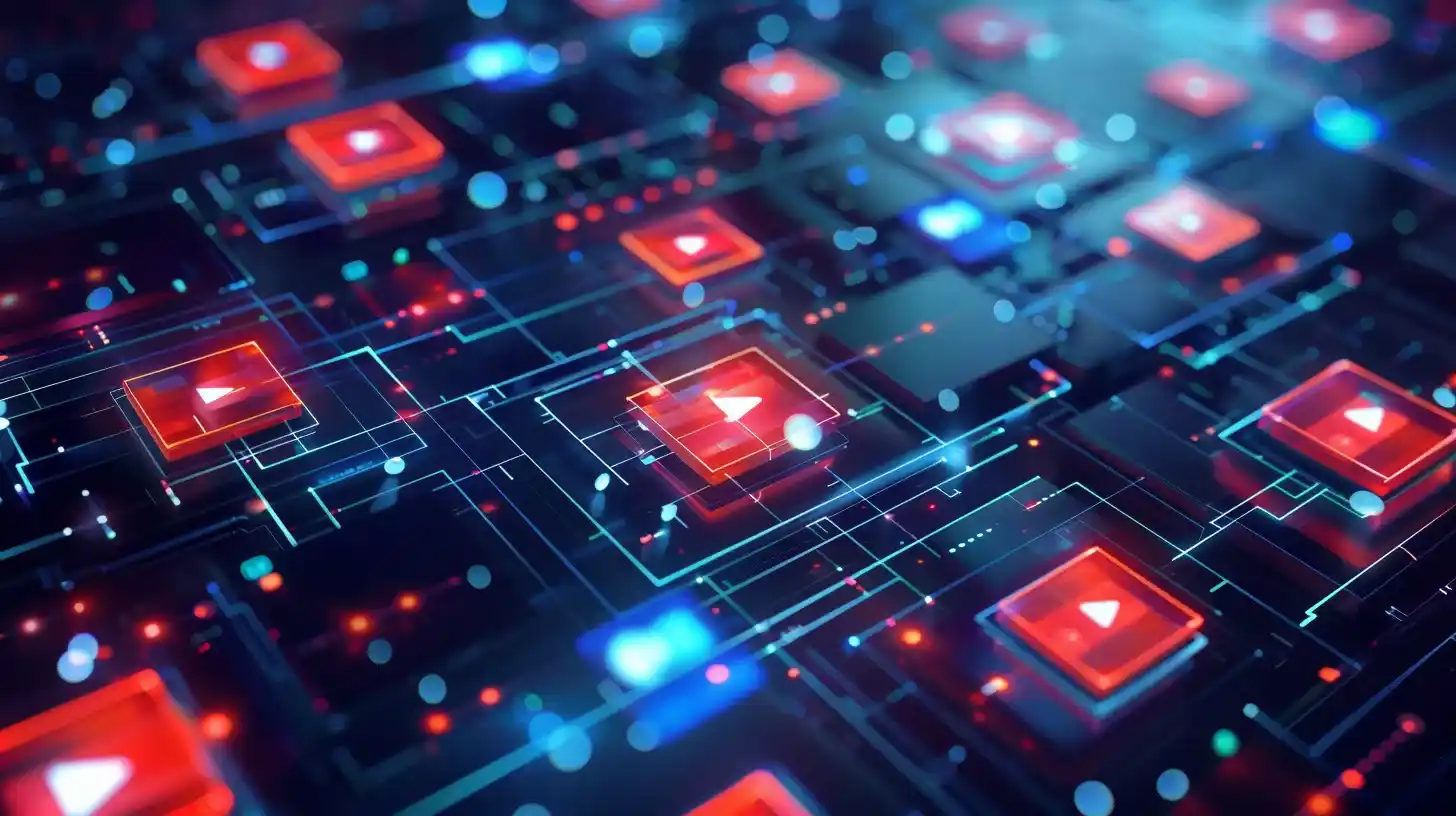Table of Contents
In the rapidly evolving world of artificial intelligence, tech giants OpenAI and Google have adopted a novel approach to enhance the capabilities of their AI models – they’re using YouTube videos as a training ground for AI. This method, known as AI training on YouTube videos, has sparked concerns over potential copyright violations, as reported by the New York Times.
The Role of YouTube in AI Training
OpenAI, a prominent organization in the field of artificial intelligence, has developed a sophisticated speech recognition tool called Whisper. Whisper is a neural network trained on a large and diverse dataset collected from the web, enabling it to transcribe and translate speech in multiple languages. It’s designed to convert spoken language into written text, opening up a wide array of use cases across various industries.

OpenAI reportedly used Whisper to transcribe over a million hours of YouTube videos for AI training on YouTube videos. This vast amount of transcribed data serves as a rich resource for training AI models, providing them with a wide variety of linguistic patterns, accents, and colloquialisms to learn from.
- GPT-4 and ChatGPT: The transcriptions generated by Whisper were then fed into GPT-4, the latest version of OpenAI’s Generative Pre-trained Transformers. GPT-4 is a deep learning model used for natural language processing and text generation. It’s a large multimodal model that can process image and text inputs and generate text outputs. This model powers the ChatGPT chatbot, enabling it to understand and generate human-like text. The AI training on YouTube videos significantly contributes to the capabilities of GPT-4 and ChatGPT.
- Google’s Approach to AI Training on YouTube Videos: Google, the parent company of YouTube, has also been using a similar approach for training its AI models. It has been transcribing YouTube videos, likely benefiting from the diverse and extensive content available on the platform. This method provides a broad range of data, including different languages, topics, and speech patterns, contributing to the robustness and versatility of Google’s AI models. This approach is another example of AI training on YouTube videos.
Copyright Concerns and Google’s Stance on AI Training on YouTube Videos
The transcription of videos by both companies for AI training on YouTube videos could potentially infringe on the copyrights of the creators. This isn’t the first time that the use of creator content for AI training has raised legal eyebrows, with previous instances prompting copyright and licensing lawsuits.
Google’s policies for YouTube videos are designed to protect the rights of content creators and maintain the integrity of the platform. These policies explicitly prohibit the use of YouTube videos for independent applications, which are applications that operate separately from YouTube’s platform.
Furthermore, Google’s policies also forbid automated means of accessing its videos. This includes robots, botnets, or scrapers, which are tools or methods used to extract large amounts of data from websites.
OpenAI’s method of transcribing YouTube videos for AI training on YouTube videos could potentially fall under these categories. By using Whisper, a speech recognition tool, to transcribe YouTube videos, OpenAI is essentially extracting data from YouTube’s platform. This could be seen as an independent application since it operates separately from YouTube. Moreover, the automated nature of this process could be interpreted as an automated means of accessing YouTube videos.
Google’s Response and Policy Changes to AI Training on YouTube Videos
Matt Bryant, a spokesperson for Google, informed the New York Times that the company was not aware of OpenAI’s use of YouTube videos for AI training on YouTube videos. However, the report suggests that individuals within Google were cognizant of OpenAI’s unauthorized use of YouTube videos but chose not to act, as Google was employing similar methods. Google has stated that it only uses videos from creators who have consented to their content being used for AI training.
In July 2023, Google updated its terms of service, permitting the use of public online material, such as Google Docs and Google Maps restaurant reviews, to further train its AI models.
As the AI landscape continues to evolve, the use of YouTube videos for AI training on YouTube videos by OpenAI and Google underscores the complex interplay between technological advancement and copyright considerations. It remains to be seen how these tech giants will navigate these challenges moving forward.